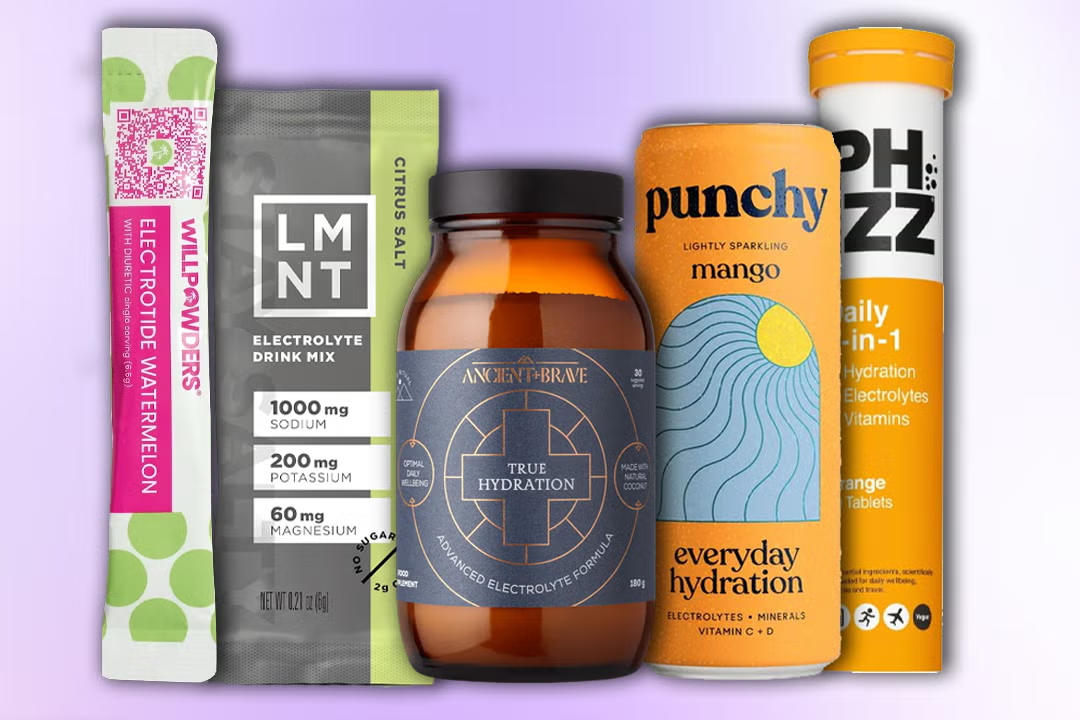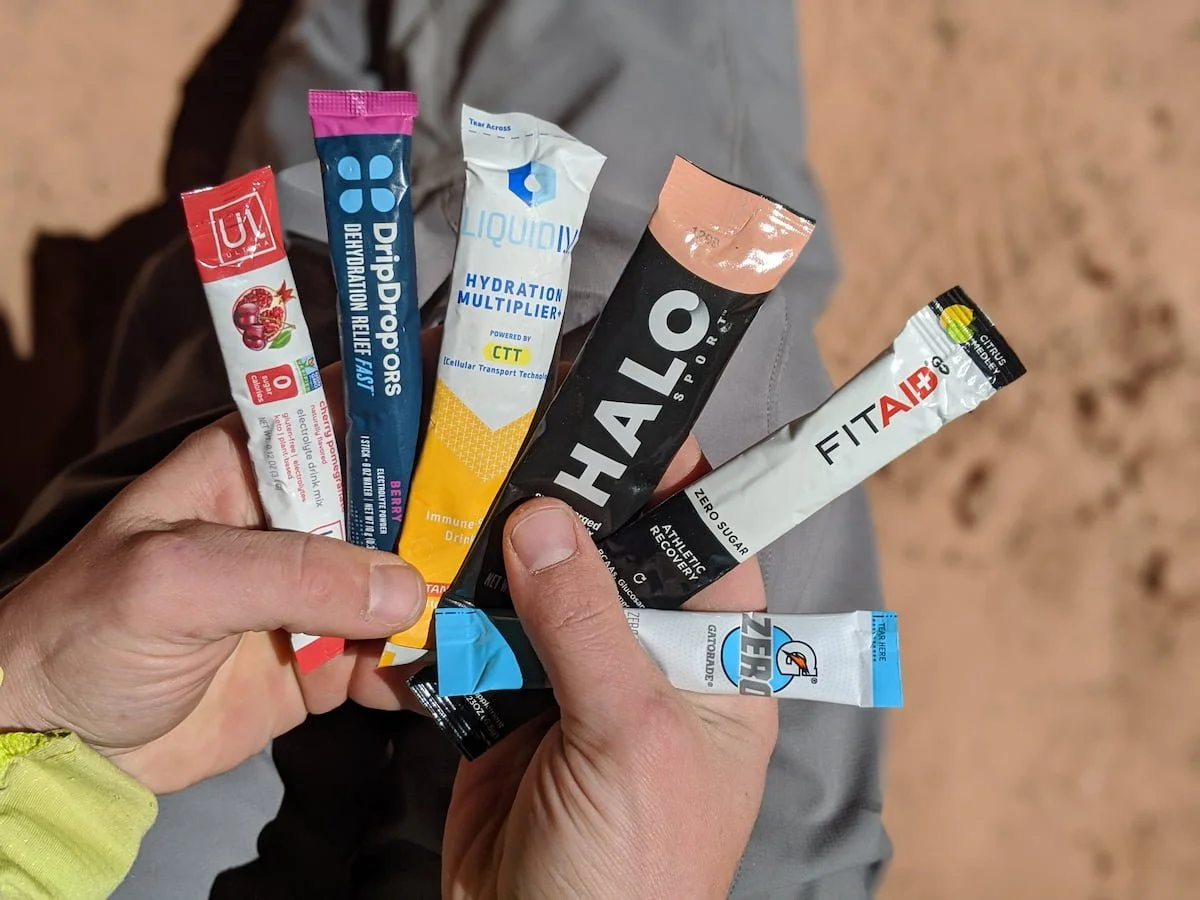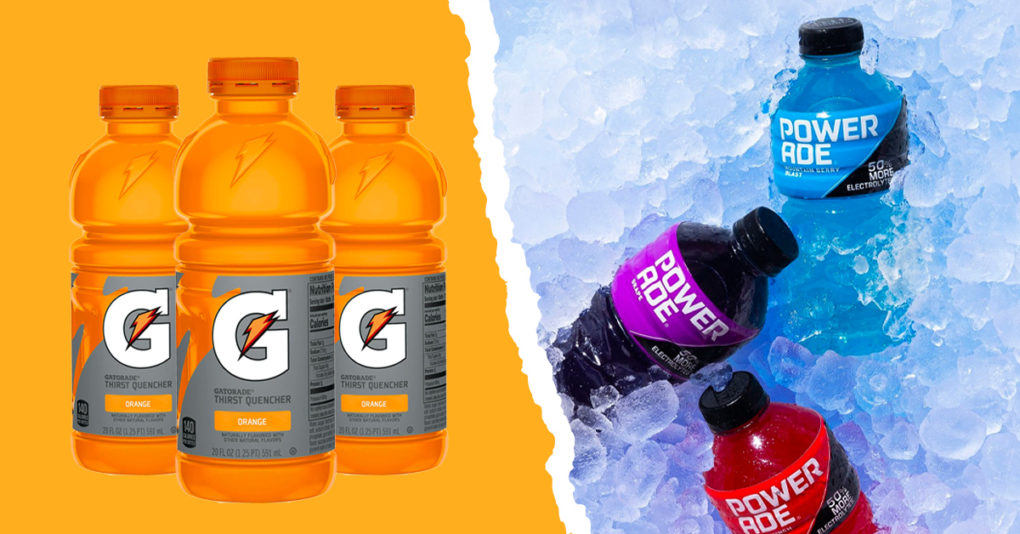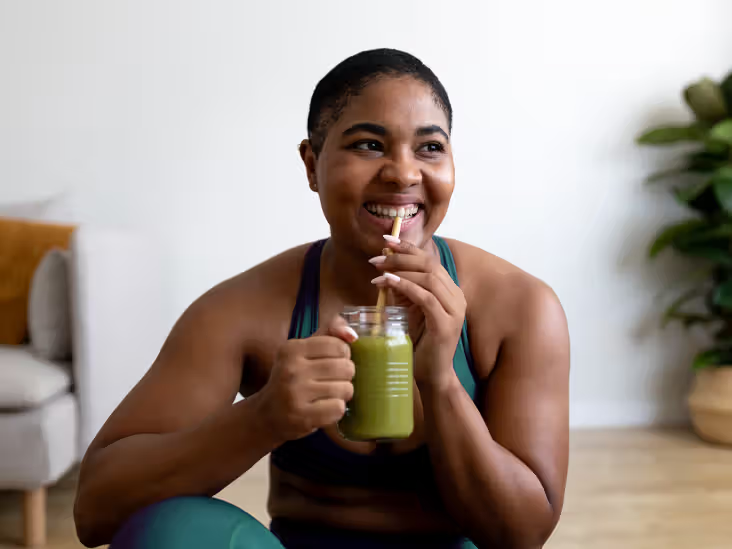Let’s be honest—if you’ve ever pushed through a heavy workout only to cramp up mid-rep (been there, done that), you know water alone doesn’t always cut it. Electrolyte drinks have evolved from neon mystery bottles to nuanced, science-driven blends worthy of a spot in any serious athlete’s gym bag. This post explores the latest (and strangest) findings: which electrolyte drinks actually work for weightlifting and CrossFit, what ingredients you should look for, and what no one tells you about sugar, sodium, and those ever-so-trendy adaptogens. Whether you sweat buckets or chase PRs, you’ll come away knowing exactly what to sip for peak performance.
Electrolyte Evolution: Why Water Isn’t Enough for Heavy Lifts and WODs
Ask any seasoned CrossFitter or weightlifter about their toughest session, and you’ll likely hear a story about cramping, fatigue, or a workout that just fell apart. I learned this lesson the hard way during a humid summer WOD. I thought chugging water would keep me going, but halfway through, my muscles seized up and my energy tanked. It wasn’t just dehydration—I was missing a crucial piece: electrolytes.
Electrolytes vs. Water: The Science Behind Cramp Prevention and Muscle Recovery
When you sweat, especially during high-intensity workouts like CrossFit or heavy lifting, you lose more than just water. You lose essential minerals—primarily sodium, but also potassium, magnesium, and calcium. These muscle recovery electrolytes are vital for nerve function, muscle contraction, and overall hydration and performance.
Drinking plain water might seem like the obvious solution, but it can actually dilute your body’s remaining electrolytes. This imbalance can worsen cramping, slow muscle recovery, and leave you feeling drained long after your workout. As Dr. Stacy Sims puts it:
“Hydration is the foundation of athletic performance—without sufficient electrolytes, even top athletes hit the wall.”
Key Research: Sodium’s Role in Preventing Fatigue and Cramps
Recent studies highlight sodium as the key electrolyte for athletes. For intense activity—especially sessions lasting over an hour—experts recommend consuming 500–700 mg of sodium per hour. In extreme conditions, sweat loss can exceed 1,000 mg of sodium per hour. Without replenishing this sodium, your risk of cramps, early fatigue, and poor recovery skyrockets.
- Sodium Electrolyte Content in your drink should match your sweat losses for optimal performance.
- Electrolyte drinks for weightlifting and CrossFit are designed to restore not just sodium, but also potassium and magnesium—crucial for muscle function.
- Water alone can’t replace these minerals and may actually worsen dilution, leading to hyponatremia (dangerously low sodium levels).
Why Electrolyte Drinks Outperform Water for Strength Athletes
Choosing a quality electrolyte drink for weightlifting or CrossFit isn’t just about taste—it’s about science-backed electrolyte drink benefits:
- Cramp Prevention: Proper sodium levels help prevent muscle cramps during and after intense sessions.
- Faster Muscle Recovery: Balanced electrolytes speed up recovery and reduce post-WOD soreness.
- Enhanced Performance: Maintaining electrolyte balance supports sustained power and focus, even in humid or hot conditions.
Ultimately, if you’re serious about your hydration and performance, water alone isn’t enough. Prioritize muscle recovery electrolytes—especially sodium—to power through heavy lifts and grueling WODs without hitting the wall.
Powders, Tablets, and Coconut Water: 2025’s Top Electrolyte Picks & Their (Surprising) Pros and Cons
When it comes to best electrolyte powders and electrolyte drink brands for weightlifting and CrossFit, the market in 2025 is more diverse—and more confusing—than ever. Should you reach for a sugar-free hydration powder, a tablet, or stick with coconut water natural electrolyte? Let’s break down the top picks, their unique benefits, and what you need to watch out for before your next workout.
LMNT Electrolyte Powder Packets: Sugar-Free, Clean, and Customizable
LMNT has become a favorite among athletes for its sugar-free, gluten-free formula with no artificial sweeteners. Each packet delivers a potent dose of sodium, potassium, and magnesium—without the carbs. This makes LMNT ideal for those following keto, paleo, or low-carb diets. Plus, you can easily adjust your intake by splitting packets or mixing with more water.
- Pros: Zero sugar, clean-label, easy to mix, customizable sodium levels.
- Cons: Some may find the salty taste intense; premium price point.
"I switched to sugar-free electrolyte powders last year, and my performance (and sleep) both improved." — Marcus Filly
Transparent Labs Hydrate v3: Muscle Recovery Meets Adaptogens
Transparent Labs Hydrate v3 stands out in 2025 for its innovative formula. In addition to essential electrolytes, it includes taurine and adaptogens like ashwagandha, which can help reduce muscle cramps and support recovery. This makes it a top pick for serious lifters who want more than just basic hydration.
- Pros: Includes taurine and adaptogens, supports muscle recovery, no artificial colors or flavors.
- Cons: Slightly higher cost; some may prefer a simpler ingredient list.
Ancient and Brave: Coconut Water for Natural Hydration & Gut Health
For those who want a more natural approach, Ancient and Brave’s coconut water powder is leading the pack. It’s rich in potassium and magnesium, and its coconut water natural electrolyte base supports gut health. Many athletes use it for morning hydration or as a gentle, stomach-friendly option post-workout.
- Pros: Natural ingredients, gut-friendly, great for hydration in the morning.
- Cons: Lower sodium than some powders; premium price; not always sugar-free.
Mortal Hydration: Custom Sodium, Watch the Carbs
Mortal Hydration offers customizable sodium options (500 mg or 1000 mg per serving), making it easy to dial in your intake for heavy sweat sessions. However, some flavors contain added sugars or carbs—so always check the label if you’re tracking macros.
- Pros: Custom sodium levels, good for high-intensity athletes.
- Cons: Some versions contain sugar; taste can vary.
Tablets vs. Powders vs. Natural Options: What’s Best for You?
- Tablets: Convenient, portable, but sometimes slower to dissolve and may contain fillers.
- Powders: Highly customizable, often cleaner labels, but can be pricier and require mixing.
- Natural (Coconut Water): Great for gut health and hydration, but watch for natural sugars and lower sodium.
In 2025, clean-label and sugar-free hydration powder options are trending as athletes demand transparency and control over their nutrition. New brands are offering sustainable, high-end formulas—but often at a premium.
Ingredients That Actually Matter: Decoding Electrolyte Nutrition Labels
When you’re pushing your limits in weightlifting or CrossFit, the right electrolyte drink ingredients can make or break your performance and recovery. But with so many flashy labels and trendy claims, how do you know what really matters? Here’s your science-backed checklist for reading electrolyte drink nutrition labels—so you can fuel smarter, recover faster, and avoid common hydration pitfalls.
Checklist: What to Look for (and Skip) on Your Electrolyte Drink Label
- Sodium: Look for at least 500–700 mg per serving. Sodium is the key electrolyte lost in sweat and is essential for rapid rehydration and muscle function.
- Potassium: Aim for 200 mg or more. Potassium helps prevent muscle cramps and supports nerve signaling during intense workouts.
- Magnesium: A minimum of 50 mg supports muscle recovery and reduces fatigue. Sugar-free hydration powders with magnesium, sodium, and potassium deliver fast results for recovery.
- Sugar Content: Check the label for added sugars and total carbs. Many “no sugar” drinks hide carbs in the form of fruit juice concentrates or “natural flavors.”
- Adaptogens: Ingredients like ashwagandha or rhodiola are trending for stress and recovery support. While promising, the science is still emerging—so weigh the cost versus potential benefit.
Hidden Sugars: How Subtle Carb Counts Can Sabotage Your Goals
Electrolyte drink sugar content is a critical factor, especially if you’re training for fat loss or metabolic health. Some brands market “sugar-free” but sneak in carbs through ingredients like maltodextrin, honey, or fruit juice bases. Even “natural flavors” can add up, impacting your macros and energy levels.
“Always read the ingredient list. Marketing will say ‘no sugar’—but check for sneaky carbs!” — Kelsey Kiel
To stay on track, choose electrolyte drinks with natural ingredients and zero or very low sugar. If you see more than 1–2 grams of carbs per serving, dig deeper into the source.
Adaptogens and New Ingredients: Science or Hype?
Adaptogen-infused electrolyte drinks are everywhere in 2025. Ashwagandha, cordyceps, and rhodiola claim to boost recovery and reduce stress. While early research is promising, results are mixed and not all athletes see clear benefits. Plus, these blends often cost more—so check if the adaptogen dose is clinically relevant, not just a marketing buzzword.
Pro Tips for Decoding Labels
- Prioritize sodium, potassium, and magnesium—these are the most science-backed for hydration and performance.
- Beware of “proprietary blends” that don’t specify exact amounts of key electrolytes or adaptogens.
- Look for clean-label options with transparent sourcing and minimal additives.
Knowing which electrolyte drink hydration needs matter most helps you cut through the hype and choose a formula that supports both your short-term PRs and long-term recovery. Don’t let clever branding distract you from the ingredients that actually deliver results.
Wild Cards and Real Talk: Unexpected FAQS, Honest Reviews, and the Price of Convenience
Let’s get real about electrolyte drink reviews, pricing, and what actually works for recovery. If you’ve ever wondered how much electrolyte drink powder mix you really need for weightlifting or CrossFit, the answer is: it depends. Your sweat rate, the climate, and workout intensity all play a role. Some athletes need just one serving per session, while others—especially in hot gyms or during long WODs—might need two or more. Listen to your body, and don’t be afraid to experiment with timing and dosage to find your sweet spot for hydration and recovery.
Now, about coconut water. Is it a natural game-changer or just Instagram hype? While coconut water is a clean-label option with potassium and a touch of sodium, it often falls short on the sodium content needed for serious weightlifting or CrossFit recovery. Most CrossFit boxes and coaches recommend brands that offer customizable hydration—think 500–1000 mg sodium per serving—because that’s what actually helps replace what you lose in sweat. Coconut water is refreshing, but it’s rarely enough on its own for high-intensity athletes.
So, what do the top CrossFit boxes really recommend? You’ll often see brands like LMNT, Liquid I.V., and Skratch Labs on their shelves. These are chosen for their rapid recovery benefits and transparent ingredients. But are they worth the higher price? Here’s where honest reviews matter. Many premium electrolyte drinks cost two to three times more than mass-market powders, but they’re driven by demand for clean ingredients, no artificial sweeteners, and sustainable sourcing. As Annie Thorisdottir puts it,
“I pay more for electrolytes I trust—cheap mixes gave me nothing but stomach aches.”If you’re paying for a label, make sure you’re also getting ingredient transparency and real performance benefits.
Let’s talk about common questions: What’s the best electrolyte drink for recovery? Look for a blend with sodium, potassium, and magnesium—ideally with no added sugar if you’re hydrating late at night or watching your macros. Muscle cramps and bloating are often signs you need more sodium or a different ratio of electrolytes, not just more water. And yes, you can make your own blend at home using sea salt, potassium chloride, and a sugar-free flavor packet, but convenience and taste are why most athletes stick with trusted brands.
In the end, there’s no one-size-fits-all solution. The best electrolyte drink for recovery is the one that matches your sweat rate, supports your performance, and fits your budget. Clean-label, premium options are worth it for many, but don’t discount the value of a well-formulated powder mix that meets your needs. Real reviews and transparent pricing help you make the right call—so you can focus on crushing your next lift or WOD, not second-guessing your hydration.
TL;DR: The right electrolyte drink can make or break your workout. In 2025, science-backed brands and smart ingredient blends rule the scene—skip the hype, grab the best, and hydrate to crush your next CrossFit or lifting session.



